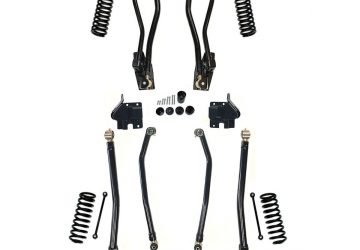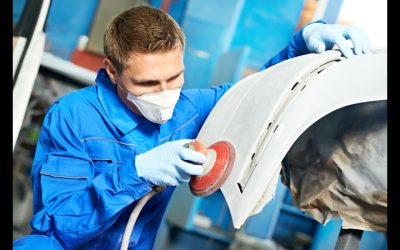The amazing world of an automatic transmission is usually ignored by most people. They don’t realize just how much goes into transmissions, especially those that do most of the work for you. Finding parts for them doesn’t have to be tough, especially if you understand the various options available to you.
Hydraulic And Their Components
The primary automatic transmission is hydraulically operated and uses fluid coupling/torque converters, as well as planetary gear-sets. It consists of three parts, including the torque converter, planetary gears train, and hydraulic controls.
The torque converter connects the engine to the transmissions. It is what is used in place of the friction clutch in manual transmissions. It will transmit or decouple engine power to planetary gears, which allows the car or truck to stop while the engine runs, all without stalling.
The planetary gears train offers a variety of parts within, including gear sets, clutches, and bands. These systems provide your gear ratios and can alter the rotation speed of your output shaft. In short, this is what allows you to change gears (from park to reverse, and from reverse to drive, etc.)
CVT
Continuously variable transmissions (CVT) are another type of automatic transmission that smoothly alters the gear ratio without you having to do anything. Likewise, they can be used for fuel efficiency while still providing a well-run vehicle.
Dual-Clutch
Dual-clutch transmissions (DCT) is considered a semi-automatic transmission and uses two clutches for even or odd gear sets. It can be described as two different manual transmissions contained in one housing, all while working as one. The parts required for this version are numerous.
With any variety of automatic transmissions, you are not required to do the work yourself. Many people prefer driving these vehicles because they’re easier and don’t require you to learn a new skill.


